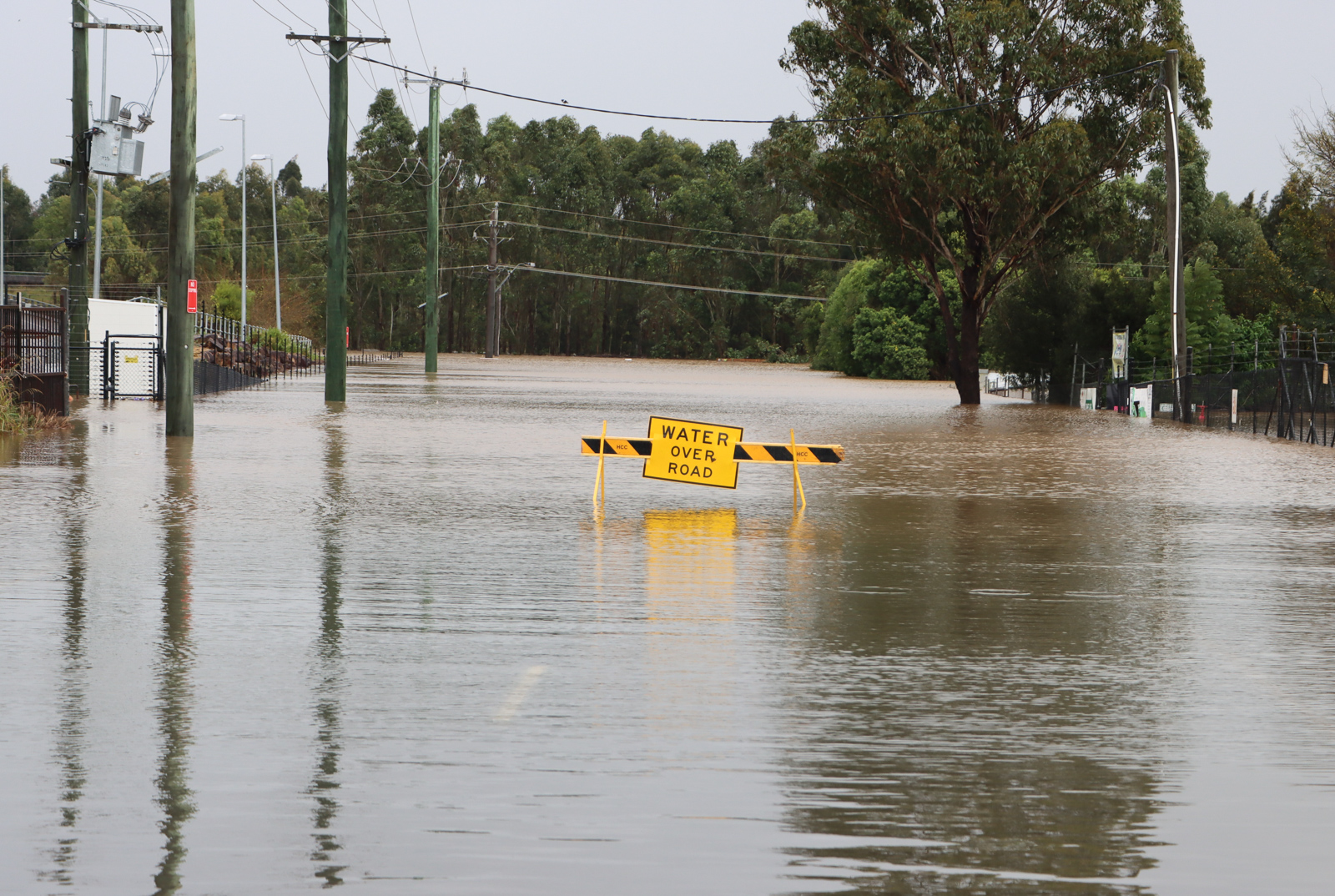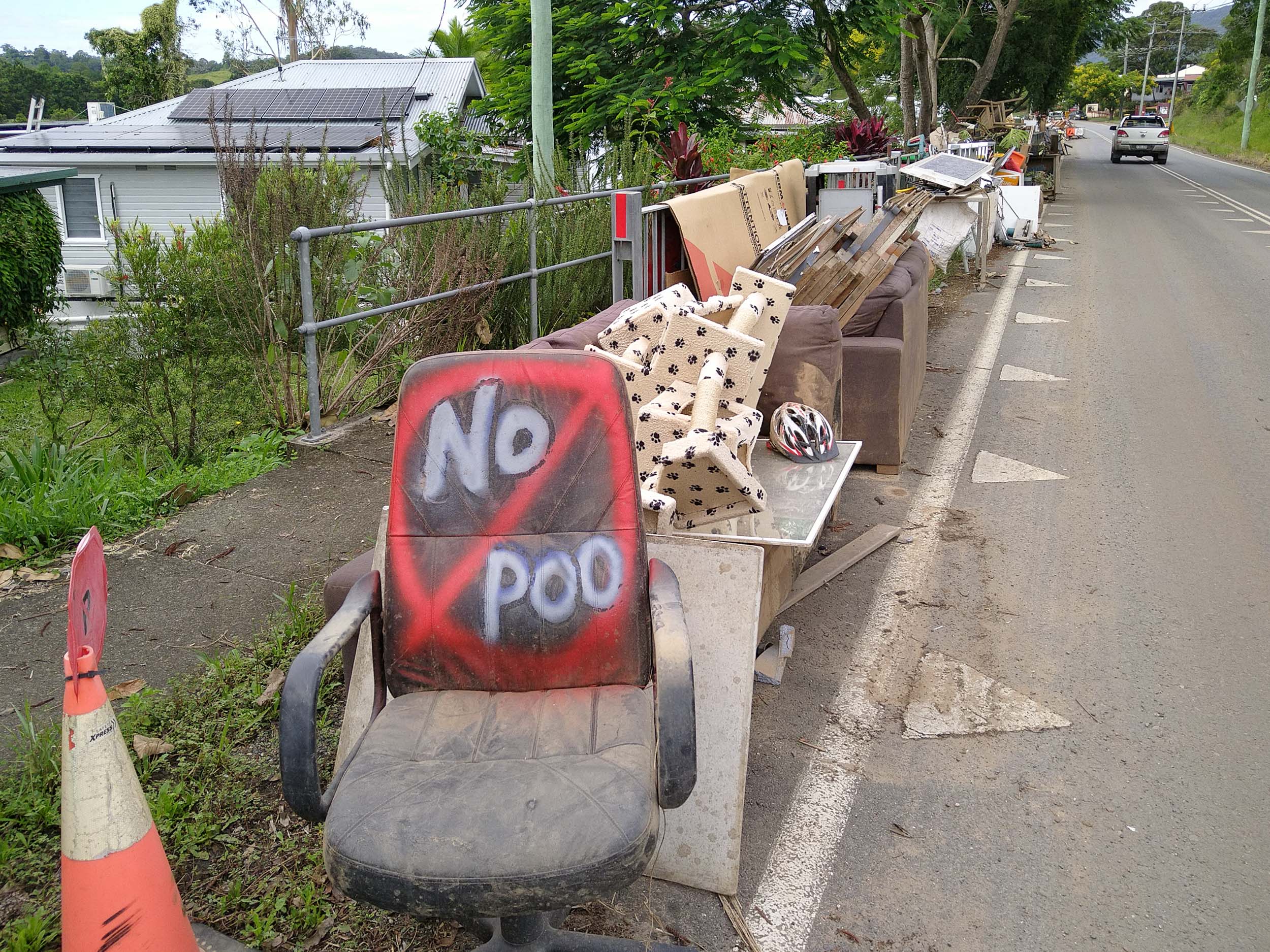Indoor environmental professionals (IEPs) are a specialised group of environmental consultants whose work focuses on the built and industrial environments.
IEPs combine scientific principles and industry experience to foresee, measure, interpret, and manage environmental risks for the built environment and ultimately human health.
Environmental risks cover numerous areas including those classified as physical, biological, chemical and also cultural behaviours.
Indoor Environmental Professionals include:
- Occupation and Industrial Hygienists – assessing risk of occupational chemical exposures and implementing hierarchical controls to reduce exposure risk.
- Building Biologists – perform a holistic practice of reviewing built environments for health suppressing parameters and importantly apply precautionary principles.
- Environmental Engineer/Scientist/Analyst – a broad title of someone who can be involved in environmental parameters that may be specialised such as in controlled environments.
Keystone’s definition
An individual who is independent and unbiased being qualified by knowledge, skill, education, training, certification and experience who may be able to perform an assessment of the microbial risk, chemical exposures, air quality and contaminants, thermal comfort, building science, water quality, electrical exposures, toxic materials of structures, systems and assets within a built environment.
For the purpose of implementing a sampling strategy and submit samples to an appropriate laboratory where applicable and interpret data. Then to communicate the results, offering clarity of what may be a multiplex issue.
Then develop a scope of risk factors, mitigation protocols and or validate that an acceptable indoor environment is or could be provided for human use and for safe occupation.
Note: There are no single qualification or certification program to fully license or measure an IEP’s competence. Confidence in an IEP may be offered by formal university or technical qualifications, specific discipline training and valuable experience. A combination of these can help in define an expert that may suit your specific needs as not all IEP’s have a full skillset for all indoor environmental challenges.
What Can an IEP Do for You?
The American Industrial Hygiene Association (AIHA) once identified eight (8) parameters that all IEPs should have comprehension of. The general areas that constitute a multi-disciplinary approach to Indoor Environmental Quality (IEQ) albeit written more specifically for mould remediation can include :
- Exposure Assessment
- Indoor Environmental Quality
- Assessment And Remediation
- Microbiology/Mycology
- Heating, Ventilating, And Air Conditioning (HVAC) Hygiene
- Building Science
- Legal/Communication
- Health Effects
An IEP’s service may cover more broad subjects than just mould and can encompass more specific (but not exhaustive) disciplines under the banner of Indoor Environmental Quality (IEQ) such as:
- Chemical exposures including volatile organic compounds (VOC)
- Toxic materials
- Electromagnetic Field (EMF)
- Radio Frequency (RF) and electrosmog
- Meth and other drug laboratories
- Water Damaged Buildings (WDB)
- Fire damage
- Water quality
- Clean room design and validation
- Asbestos
When should you engage an IEP?
Indoor environments can be influenced by many factors and require an experienced expert to determine where a problem is or may occur. Subsequently, the need for an IEP may arise from multiple factors, some of these may include:
- To independently verify and validate an environment is or has been restored to a “normal or acceptable” level
- To identifying risk otherwise unattainable by common observation
- As a duty of care to employees or individuals deemed to be by legal definition – a neighbour
- Where there may be reports of adverse health effects
- If a public health issue exists or is perceived to become a concern
- Where critical care environments may be occupied by immunocompromised, other vulnerable people or sterile products. Such as hospitals, child care and elderly facilities or where sterility may be required like food preparation, pharmaceutical manufacture, laboratories


